I am supplanting my intended post this week to bring you to the attention of a truly remarkable study in narrative storytelling I think anyone working in comics or any story-based medium needs to watch and study. I’m a particular admirer of Soderbergh, especially in the area of his storytelling edits and blocking. He manages to fold in character as a narrative force in his films that others that rarely come close to achieving. Raiders is one of the best examples of the Hollywood model at its most successful. It manages to perform perfectly as a simple adventure romp any kid over 8 years old can love, and has within it depth and artistry you could spend 80 years studying. Spielberg at his absolute height, and one of the most successful examples of his utilization of three spatial levels of action. This is more than a quick read off the internet. This is something to watch and study. You can access the film directly via Steven’s own website listed right below. Beneath the pic is the article he posted explaining his thinking and what to watch out for.
Get learning, people! You won’t be disappointed.
I’m assuming the phrase “staging” came out of the theatre world, but it’s equally at home (and useful) in the movie world, since the term (roughly defined) refers to how all the various elements of a given scene or piece are aligned, arranged, and coordinated. In movies the role of editing adds something unique: the opportunity to extend and/or expand a visual (or narrative) idea to the limits of one’s imagination—a crazy idea that works today is tomorrow’s normal.
I value the ability to stage something well because when it’s done well its pleasures are huge, and most people don’t do it well, which indicates it must not be easy to master (it’s frightening how many opportunities there are to do something wrong in a sequence or a group of scenes. Minefields EVERYWHERE. Fincher said it: there’s potentially a hundred different ways to shoot something but at the end of the day there’s really only two, and one of them is wrong). Of course understanding story, character, and performance are crucial to directing well, but I operate under the theory a movie should work with the sound off, and under that theory, staging becomes paramount (the adjective, not the studio. although their logo DOES appear on the front of this…).
So I want you to watch this movie and think only about staging, how the shots are built and laid out, what the rules of movement are, what the cutting patterns are. See if you can reproduce the thought process that resulted in these choices by asking yourself: why was each shot—whether short or long—held for that exact length of time and placed in that order? Sounds like fun, right? It actually is. To me. Oh, and I’ve removed all sound and color from the film, apart from a score designed to aid you in your quest to just study the visual staging aspect. Wait, WHAT? HOW COULD YOU DO THIS? Well, I’m not saying I’m like, ALLOWED to do this, I’m just saying this is what I do when I try to learn about staging, and this filmmaker forgot more about staging by the time he made his first feature than I know to this day (for example, no matter how fast the cuts come, you always know exactly where you are—that’s high level visual math shit).
At some point you will say to yourself or someone THIS LOOKS AMAZING IN BLACK AND WHITE and it’s because Douglas Slocombe shot THE LAVENDER HILL MOB and the THE SERVANT and his stark, high-contrast lighting style was eye-popping regardless of medium.


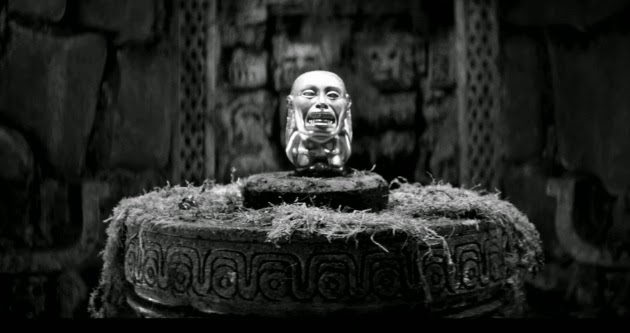
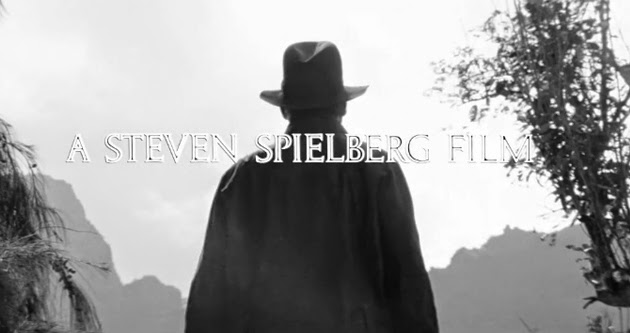
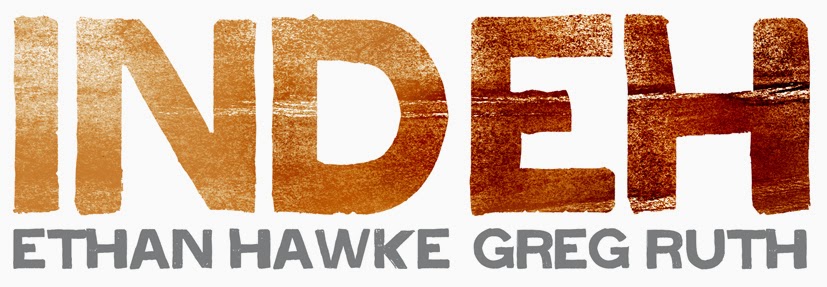
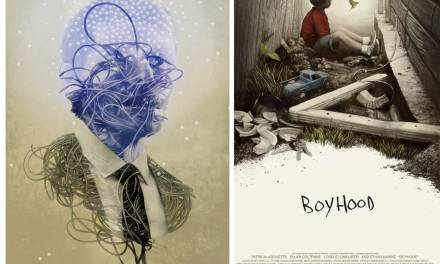

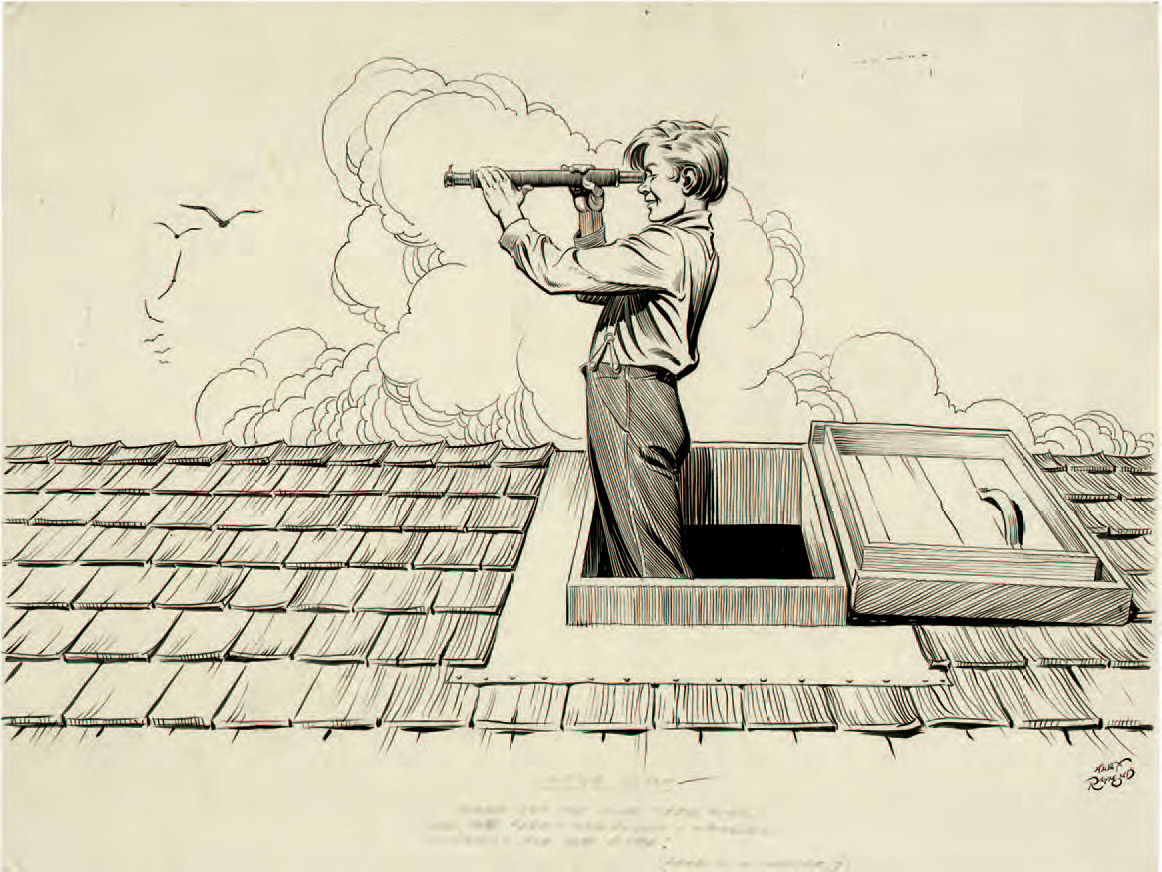
I watched this the other day while I was drawing, its super cool. Great soundtrack too.
Looks cool, but I'd say you want Kasdan's screenplay on hand to reference as well.
Its one of the most visually perfect narratives in american cinema. People i say this to often laugh when i say it because it's seen as a basic adventure fest, and it is really in many ways. There's not a deep well of sub rosa meanings or storytelling hidden within like in a Kubrick film , or even in the crazy splendor of Bryan Fuller's current HANNIBAL, but as a thing that does what it does, there is little of equal quality to pair it with. Even as Spielberg has fallen off the cliff in terms of telling purposeful films and stories, his internal encyclopedia of the craft of filmic storytelling is beyond reproach, and in Raiders, is at its all time height.